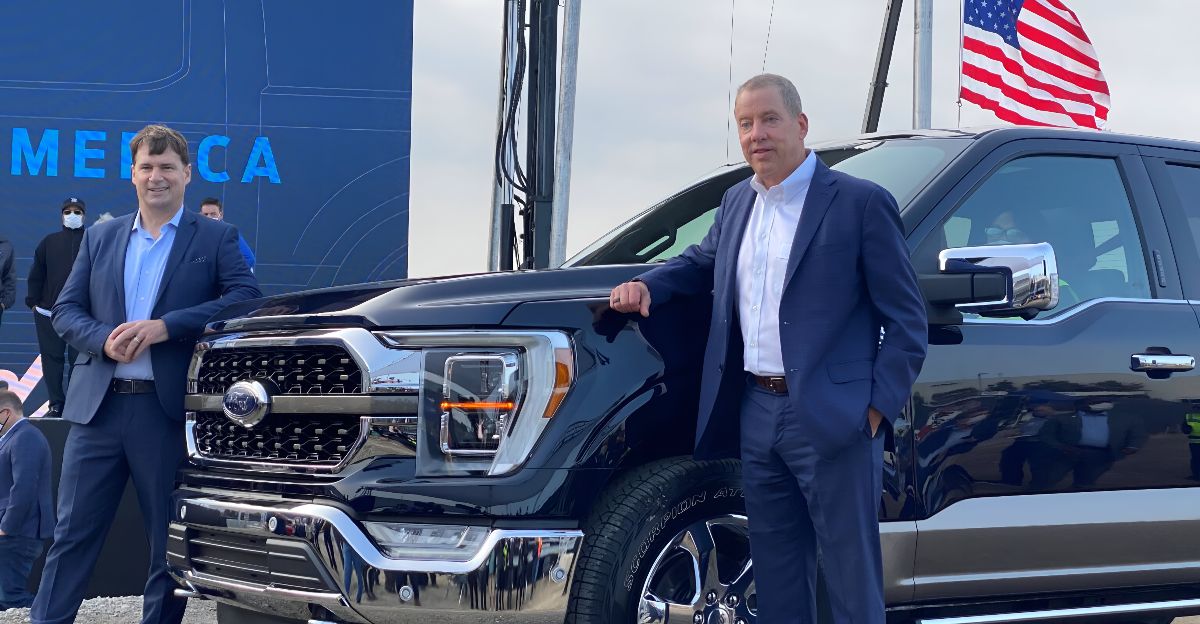
With a globalized market where brands chase innovation and technology, Ford’s recent shift to its “All-American” roots might seem retrograde. Still, Ford’s “From America, For America” advertising campaign represents a genius move amid rising tariffs and uncertainty.
Using patriotic pride and economic reassurance, Ford evokes its American-made heritage and extends employee pricing to consumers.
This marketing approach has been very successful in garnering traffic to their showrooms and creating emotional brand loyalty. But can this still help Ford sustain its market share in the long run?
Economic Instability Amplifies Ford’s Patriotic Message
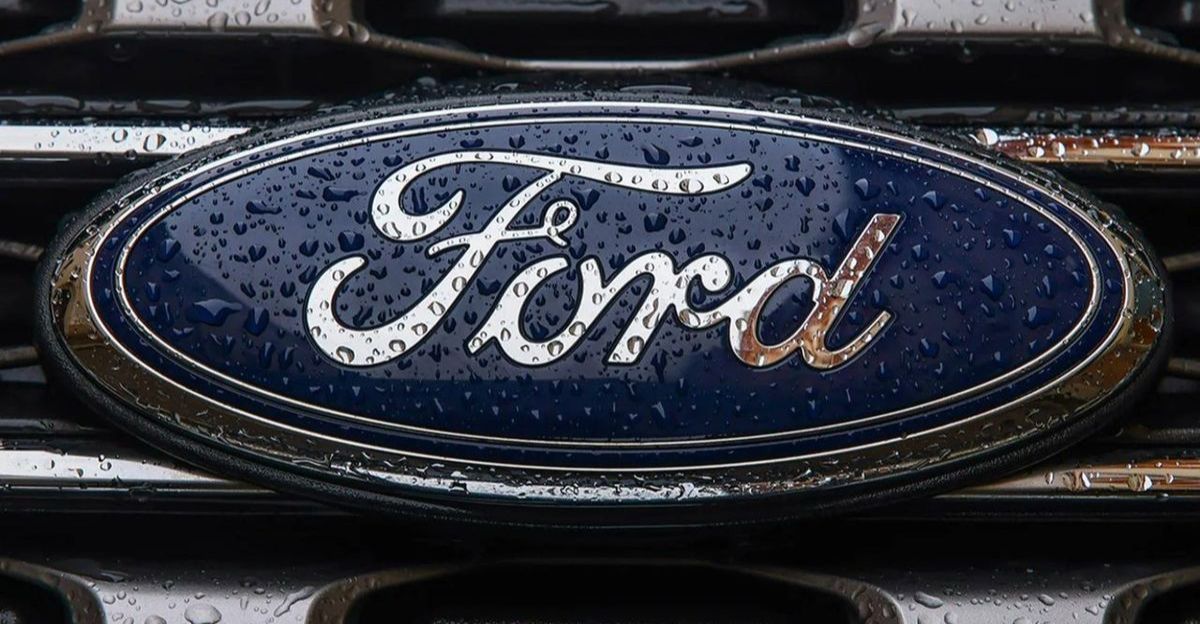
The auto industry is facing turmoil caused by a 25% tariff on imported vehicles and parts; Ford’s competitors, which rely on an overseas supply chain, are deeply suffering.
Ford, which produces 80% of its cars domestically amidst economic uncertainty and rising tariffs, has more than just nostalgia with its “From America, For America” campaign; it’s a brilliant move. Ford’s strategy is brilliant in its oay.
They draw on their strong American manufacturing heritage while giving employee-level pricing to everyone. On the saving and pride front, this clever psychological-bargain mix helps get more foot traffic in their showrooms and build emotional connections with the brand.
Will It Be Sufficient To Maintain Ford’s Market Dominance Over Time?

Ford’s campaign, voiced by Bryan Cranston and created by Wieden+Kennedy, transcends product features to tell a story about American communities and workers.
This narrative makes the consumers feel proud and gives them a sense of belonging, and a Ford purchase seems like an investment in national strength. Authenticity is paramount here; Ford’s generations-long history as a top US employer provides credibility that foreign competitors can’t hope to match.
An essential testament to how emotional connection can drive sales was a 13-point shift in purchase intent over the norm.
Employee Pricing As A Bold Step Towards Transparency
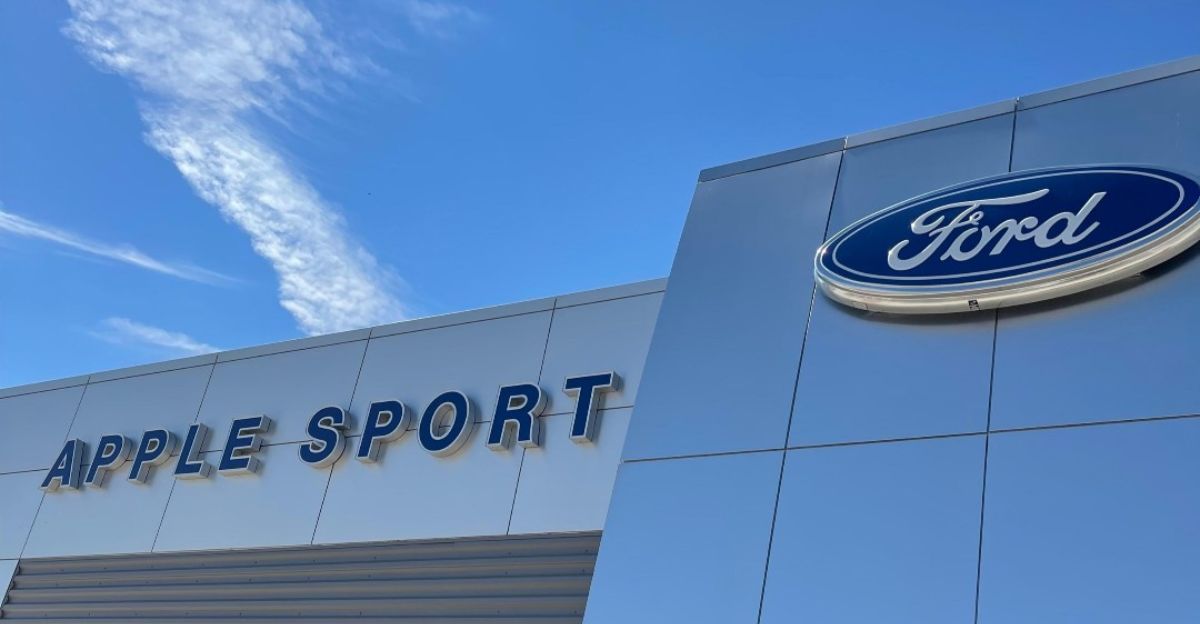
Giving employees prices to the general public is a bold, transparent approach that contradicts the traditional buying experience. Under the economic climate, fairness and partnership with the consumer are the renewed resolve behind the “For America” ethos.
It is a push in the path of the competitor, who operates by hiding prices and rebates. That forms a unique value proposition bolstering Ford’s competitive edge.
This price also makes it more democratically available to go after a large cross-section rather than continuing to focus on the older demographics, long-time loyalists of Ford have. Thus, the market space is expanding in a saturated market.
Collaboration Between Digital and Traditional Media Too Great To Resist

Ford’s campaign perfectly balances traditional media, full-page ads in The New York Times, The Wall Street Journal, and local newspapers, with digital media like YouTube and social media.
This multi-channel approach delivers broad demographic coverage, from older, print-reading patriots to younger, digitally focused consumers. Collaboration between emotional television spots and information-intensive print ads increases message penetration, with repetitive reinforcing of brand values.
This diverse media mix is an excellent example of the need to look together on modern branding for breadth and depth to leave lasting impressions on the consumer.
Contrarian Strategy In A Culture Of Innovation

While the rest of the world is busy chasing electric vehicles and toy technology, Ford claims to be contrarian in legacy culture and manufacturing.
But this down-to-earth strategy antidotes the risk of driving off core customers who value reliability and American-made quality ahead of fad technology. Ford’s plan shows that innovation and tradition are not in perfect sync but complementary.
Placing innovation within an American manufacturing heritage, Ford creates a unique brand identity that appeals to progressives and traditionalists, opening up its market segment.
Ford’s Legacy As A Key Part Of American Industry
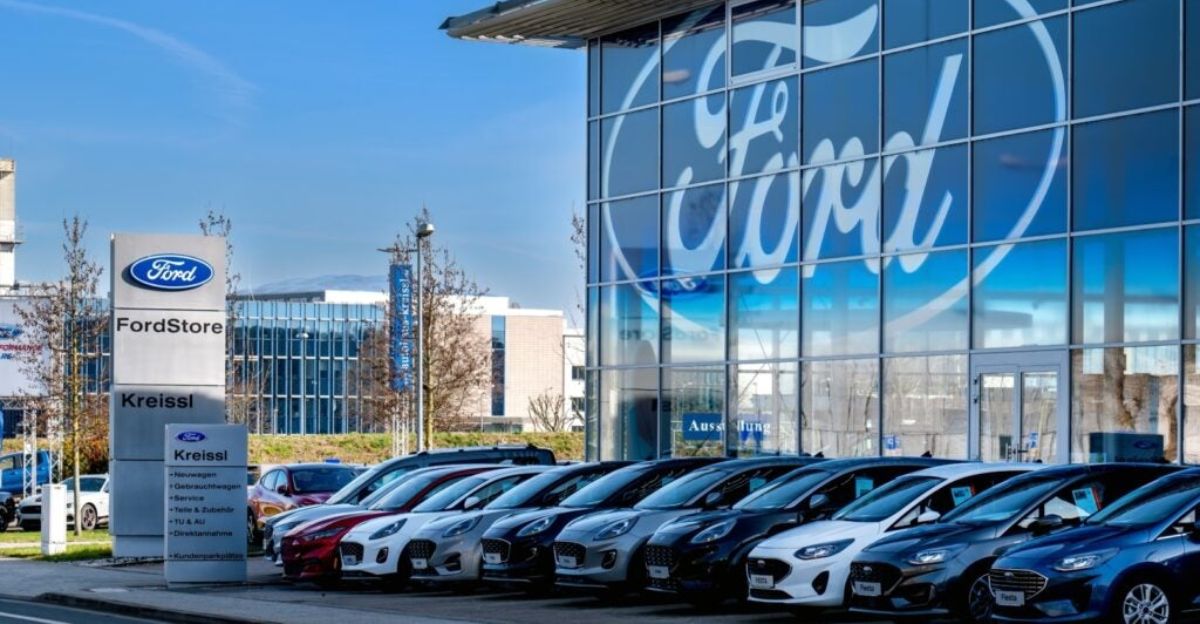
Ford’s brand is one with the tale of American industrial power, from the revolution on the assembly line to wartime production during World War II. These things add an emotional appeal and believability to the campaign.
Americans will be buying grit and determination instead of cars. That becomes enormously powerful as a differentiator at a time when everything is commoditized, reminding the consumers that Ford is more than just an automotive brand; it is the power of the economy and the pride of the nation.
Changes In Behavior Indicated By Second-Order Effects
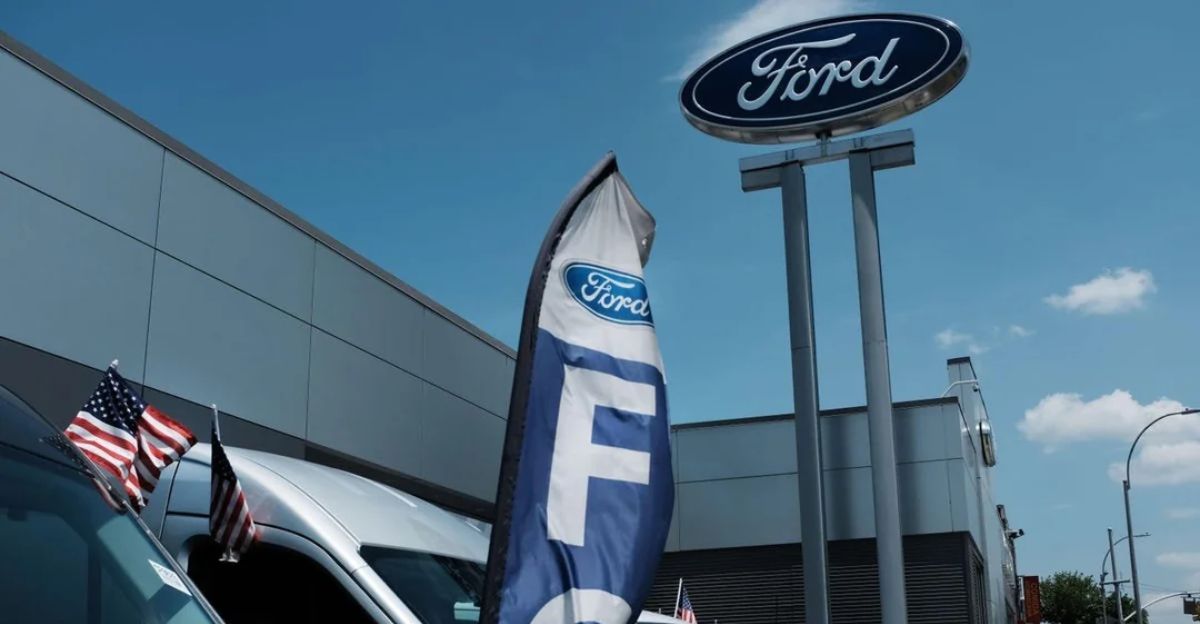
Another second-order effect might be to create a virulent general expectation that would signal other manufacturers to swiftly move a great deal of production to domestic environments to avoid losing market share to patriotic consumers.
It could also change supply chain policies in different areas and support the push for manufacturing to return home. It also legitimates employee pricing for consumers by removing prices from the underbelly, a plan that could remake auto retailing traditions.
In addition, if the campaign is successful, other industries will apply national identity as a sales driver during economic uncertainty.
The Risks and Challenges Of Relying On Patriotism For Growth

While successful now, Ford’s strong focus on American heritage alienates internationally oriented or younger consumers interested in technology and environmentalism.
Campaigns should be modified to include Ford’s electric vehicle ambitions without losing their patriotic focus. Economic forces could also shift, reducing tariff impacts and undermining the campaign’s urgency.
Ford needs to mix its classic appeal with a focus on future ideas to stay believable and not be a brand stuck in the past.
A Key Business Principle From Pointer To Ford’s American Roots
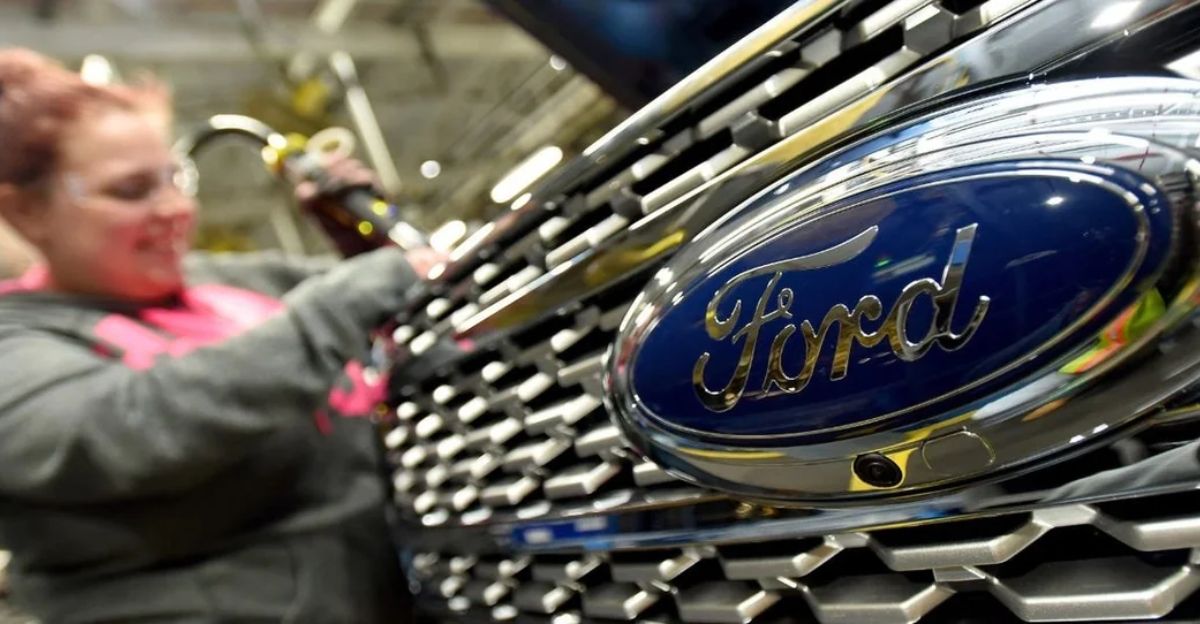
Ford’s “From America, For America” has been a wonderful mixture of history, shrewd business plans, and heartwarming stories that help to sell cars and create customer loyalty.
Leaping onto its American manufacturing heritage during tariff-uncertainty-induced uncertainty, Ford differentiates itself from competitors and solidifies consumer confidence.
This tactic drives short-term sales and reconceives industry marketing norms and supply chains. But innovation has to be introduced and, beyond patriotism, reached out to maintain such pace.
Ford’s aggressive embrace of its All-American heritage is a timely, clever move with profound implications for the auto industry’s future branding.
